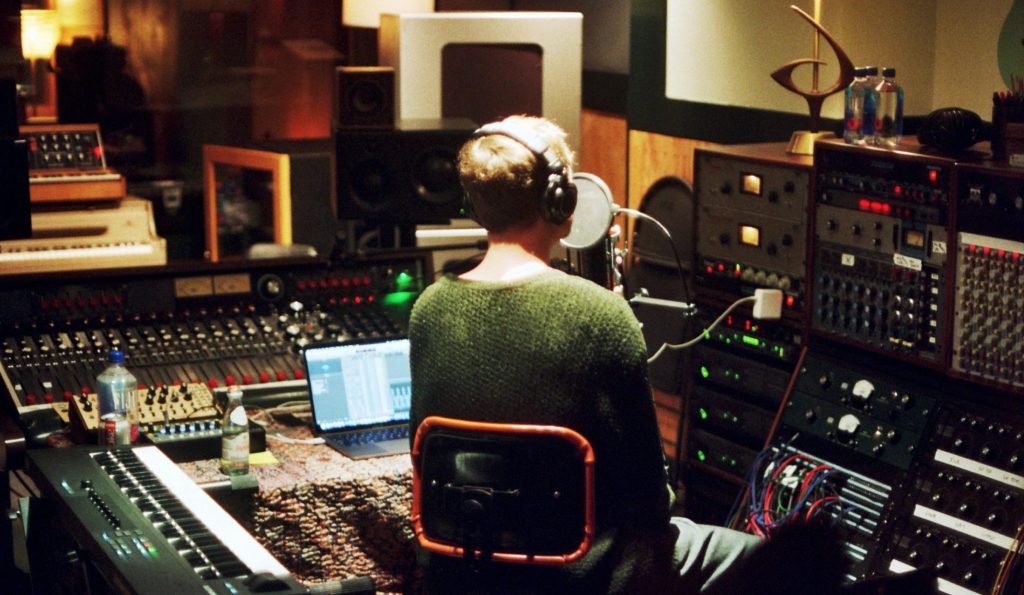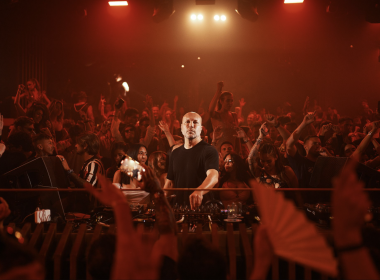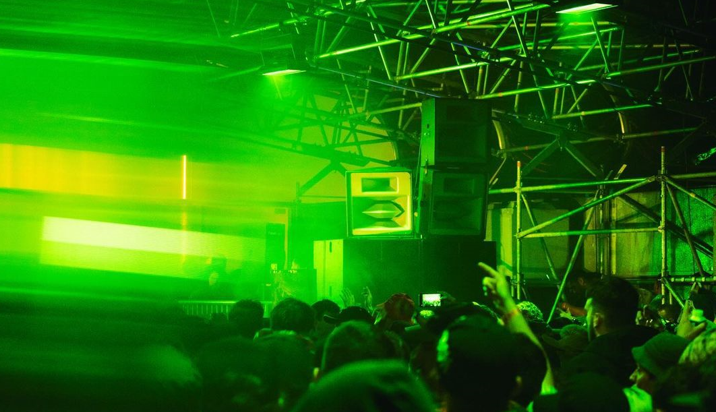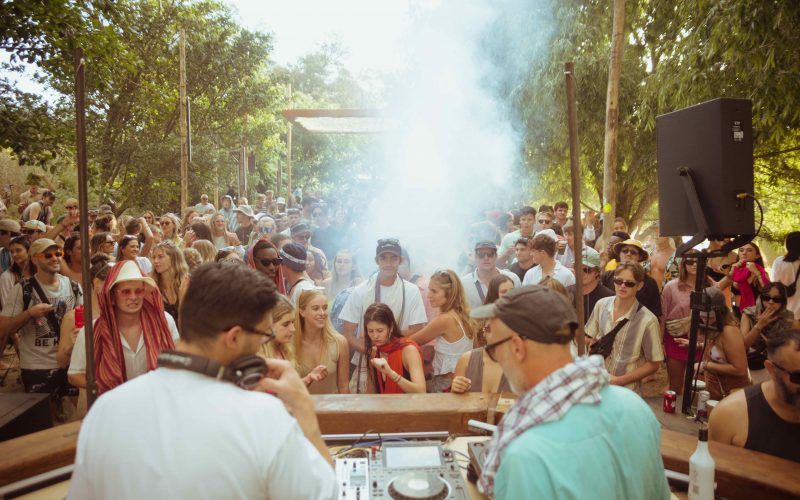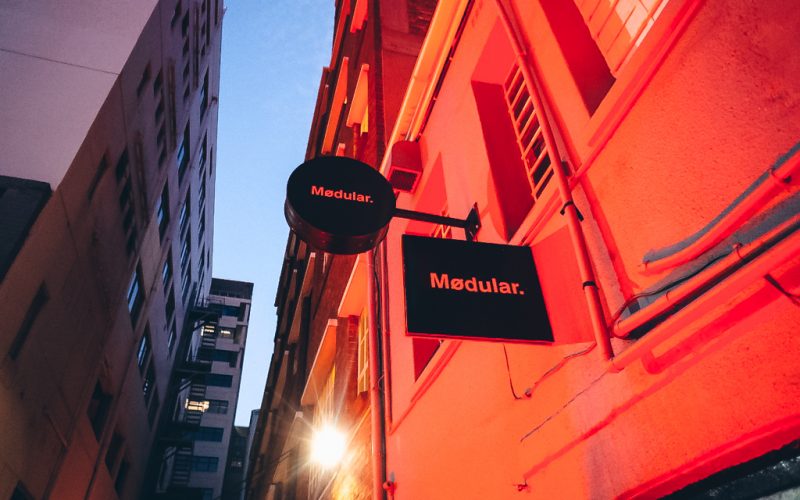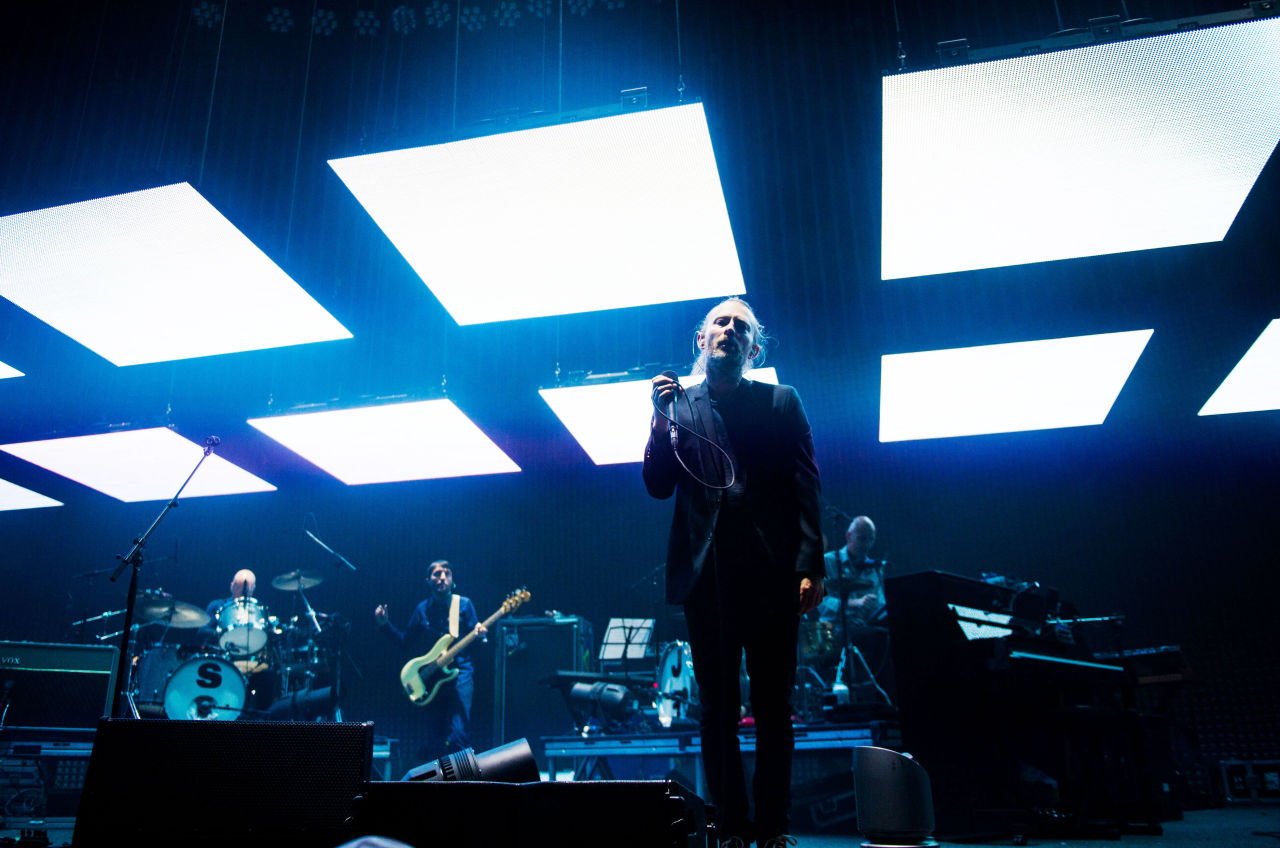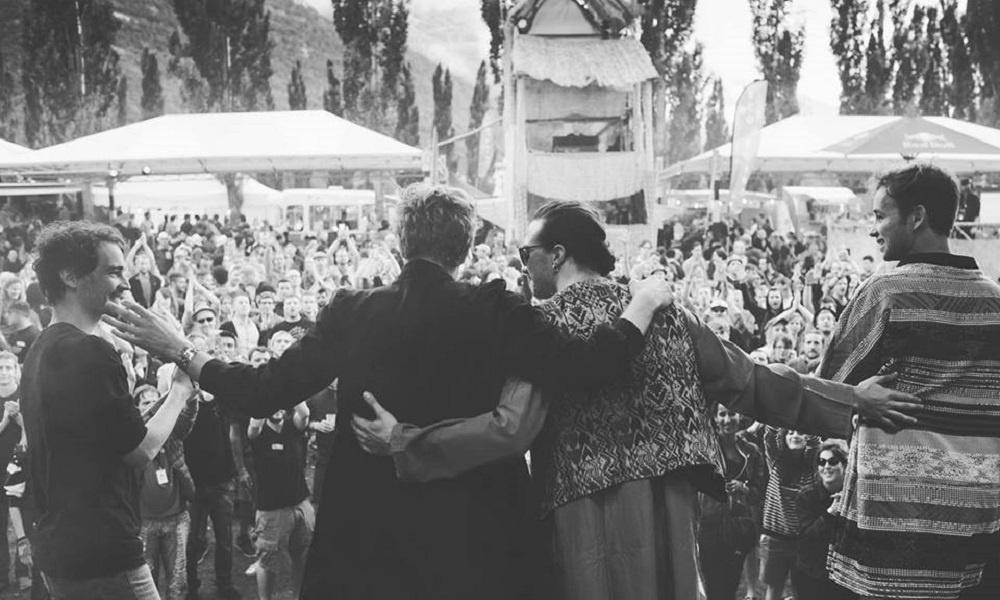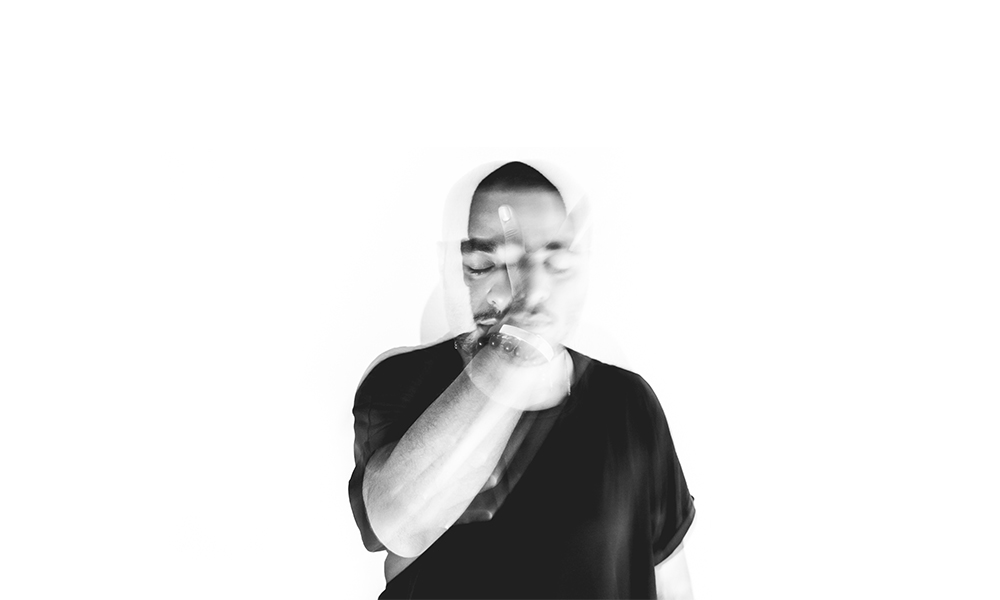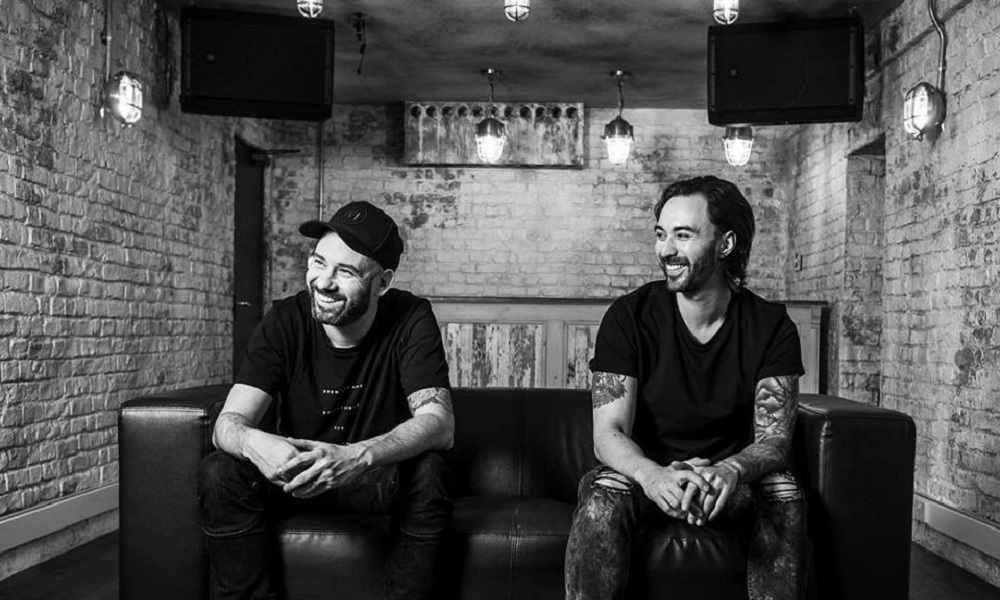New Year, new scene? 2023 left us with an industry that’s more alive yet, in the eyes of many, more corrupted than ever. Endless debates revolve around genres, sub-genres, and the behaviors of an increasingly young audience who’ve turned avid listeners into self-proclaimed “experts” who often eye each other suspiciously.
It’s been a year of questioning the underground, sporting all-black outfits, but also a year of introspection, the quest for new horizons, and unprecedented expansion that redefines known boundaries. 2023 invited us to embrace a rapidly evolving industry. And now, we stand at the threshold of 2024, brimming with possibilities. Join us with a crystal ball to decipher what lies ahead!
INDEX
- Hard and Melodic Techno: The new EDM
- Multi-faceted content beyond music as survival
- The UK Sound: From the club to the radio
- Harder styles: Own scene but involuntarily hybrid
- Thriving electronic music hubs and industry conferences
- Artists and platforms addressing public and political awareness
- AI: Who fills the legal and moral void?
Hard and Melodic Techno: The new EDM
It’s been hinted at throughout the year and will be confirmed in the current one. The harder side of techno and schranz are experiencing a golden age akin to progressive house in 2012. Dimitri Vegas is now Nico Moreno, and Steve Aoki‘s cakes have been replaced by tattooed backs like Oguz‘s.
In mainstream festivals, headliners have shifted to artists delivering +140 BPM beats, and sunglasses are the hottest accessory. TikTok is undoubtedly one of the main triggers for this fever, catapulting promoters like Unreal, Blackworks or Verknipt to the forefront and convincing established names like elrow to include it in their line-ups.
The speed, power, and darkness of the sound reflect the pent-up euphoria that new generations experienced during the pandemic. The positive aspect? More business, more fans. And as DVS1 wisely noted in our interview: “The moment someone with money sees it and wants to make it bigger, it loses some credibility. Maybe 5-10% of those people start looking for something different, deeper, more soulfull, more real“. We’re already seeing it with groove and hardgroove, with their vocals, tribal and funk influences conquering charts.
Similarly, Tale Of Us and their visual Afterlife have conquered the world with their endless melodies and futuristic shows. But seeing their 3D robot and a sea of phones recording it doesn’t impress as it did before. In this regard, melodic techno might diversify with new labels, collectives, and artists aiming to reduce the current elitism. Or it could continue the legacy towards sub-genres like afro house and latin house, already causing a sensation in paradisiacal places like Ibiza. Keep an eye on microhouse and minimal from Romania, highly influential in cities like Barcelona.
Starting with hard or melodic techno as an entry point to electronic music isn’t good or bad, and in 2024, it’s highly likely that part of its audience will branch out and enrich the entire spectrum. As we know, what goes up must come down. Could this be the year when we start to glimpse its descent? We believe it still has a couple more seasons before it burns out.
Multi-faceted content beyond music as survival
We get it, algorithms love human content, videos, movement, and reality. But is it enough? Yes, but not outstanding. Epic videos with fire, confetti, and mind-blowing drops still work, but not as they used to. A post taking your dog for a walk or a conversation with the festival’s security boss might bring more reach than something directly related to music. Storytelling and conversational marketing through tools like Instagram Channels are the new form of “exclusive” and closer content that allows fans to get to know artists, festivals, or concepts beyond the ordinary.
Participate in a podcast, dive into topics that spark debates, share your favorite clothing brands. Nowadays, DJs need to be multi-faceted creators to stand out, and combining this with production and touring can be challenging if you’re not naturally restless.
The UK Sound: From the club to the radio
Trends always come and go, even in the music scene. As mentioned, Hard Techno seems to have dominated the spotlight, but there’s another movement gaining momentum that will take off in 2024. We’re talking about breaks in all its forms, with that unmistakable UK groove that has characterized it for decades.
With a new generation of producers applying the signature sounds of this style, their influences are spreading across all electronic genres. From more experimental projects like Overmono to club-focused ones like Sammy Virji, and even flirting with pop and getting on the radio thanks to Disclosure or the trending sensation, Fred again… A sound that more and more artists are embracing, either by incorporating the distinctive percussive factors of UKG into their respective genres or venturing into new sub-genres like the recently coined “Stutter House.”
Let’s not forget another genre that always appears on the radar. But this year, we’re confident it’s the real deal. Drum and bass has been trying to make its mark in the international bass scene for seasons, especially challenging the absolute dominance of dubstep in the United States. This time, we have reasons to believe it will succeed, thanks in large part to the popularization of the artists mentioned earlier – all of whom have experimented with DnB – and are building the transatlantic bridge for this genre to finally cross the pond.
Harder styles: Own scene but involuntarily hybrid
Continuing the conversation about the “hard” wave, there are dozens of sub-genres that have been present for a long time. With hardcore and hardstyle as the foundation, the so-called “harder styles” have a wide musical spectrum that’s gaining more followers every day. Rawstyle, uptempo, terror, euphoric… All of them caused a frenzy in 2023, and what comes next is that these styles will get even more intense, with rougher kicks and higher BPMs.
Traditional leaders like D-Block & S-te-Fan or Headhunterz – who have just retired from the stage – leave behind a year with significant influences of raw in their sound. Not without paving the way for emerging talents like Vertile, Aversion, or Dual Damage. Others like Showtek are making a comeback, embracing their hard past, and festivals like Defqon.1, Decibel, or Thunderdome are breaking attendance records.
Additionally, the connection with hard techno has been almost inevitable. Many controversies question whether the chicken or the egg came first. Also, figures like Angerfist, Mad Dog, Zatox, or Reinier Zonneveld straddle both worlds. The prediction here is that in 2024, there will be many more events featuring these genres and hybrid productions and live acts will become the new norm.
Thriving electronic music hubs and industry conferences
As global interest in electronic music continues to grow, new regions are becoming key players on the map. Places that were once relatively unknown in the circuit are emerging as essential destinations for genre enthusiasts.
In Latin America, cities like Bogotá, Medellín, and Mexico City continue to attract world-renowned artists while nurting local talent with the sounds of artists like Cardopusher or DJ Babatr. In South Africa, cities like Johannesburg and Cape Town boast festivals that draw attendees from around the world, and underground clubs as respected as Mødular. Most importantly, each area and project brings its own know-how and nourishes local communities, resulting in new labels, collectives, and influential artists.
Alongside geographical expansion, greater professionalization in the industry has solidified. Gatherings like the Amsterdam Dance Event or International Music Summit in Ibiza are breaking records, and others like XP Music Futures in Riyadh, Saudi Arabia, making inroads in the Middle East.
Artists and platforms addressing public and political awareness
Electronic music has always been historically and intrinsically political. In 2024, this relationship becomes more crucial than ever due to the power of social media. Artists and promoters are using their online voice to address important issues, reshaping how we experience and support music.
Artists are leveraging their visibility to express their views on political and social matters. An example was when SPFDJ performed wearing a “Free Palestine” shirt at one of her gigs. This gesture not only emphasizes the importance of using music as a means of peaceful protest but also demonstrates the influential power artists wield over public awareness. Moreover, fundraising events are becoming integral to the scene. On the flip side, not taking a stance or taking an opposing stance has also cost certain platforms and artists their reputation.
Similarly, queer and female talent and LGBTQ+ rights are playing a crucial role in the industry’s evolution. More than ever, we see diverse representation on stage, with artists like Romy, I.JORDAN, or ISAbella, as well as collectives and platforms like Weeeirdos or Oramics, breaking away from the predominance of cis-hetero white male representation.
AI: Who fills the legal and moral void?
We couldn’t wrap up this article without touching on one of the hottest topics of the moment: Artificial Intelligence. As Music Radar Clan points out, throughout history, the music industry has witnessed revolutionary transformations that democratized sound art. From the accessibility of recorded music to creative expansion through multitrack recorders and sampling access. Each milestone allowed anyone to explore the world of music without barriers. The advent of music production software further facilitated this access, opening the doors to professional productions without the need for instrumental skills.
Now, we stand at the threshold of a fifth disruptive change. This new frontier redefines the limits of musical creativity by democratizing the creative process even further. AI offers accessible tools for composition, music production, and generation, challenging conventional notions of who can create music. Like previous changes, this revolution reshapes the musical landscape, expanding artistic possibilities for those without formal musical training and marking a milestone in the industry’s evolution. In other words, it’s even easier and faster to create music. While this might diminish the romance that surrounded the production process, accessibility to art should be celebrated.
However, the arrival of AI raises additional debates about its impact. Numerous moral, ethical, and legal questions remain unresolved regarding this evolution. “Who owns someone’s voice? Is it ethical to use the voice of a deceased artist to create new works?” . These uncertainties require prompt resolution, as the use of these tools is becoming viral. The longer record labels or cultural and legal entities responsible delay making decisions, the more complicated it will be to undo what’s happening in this current ‘legal void’.
